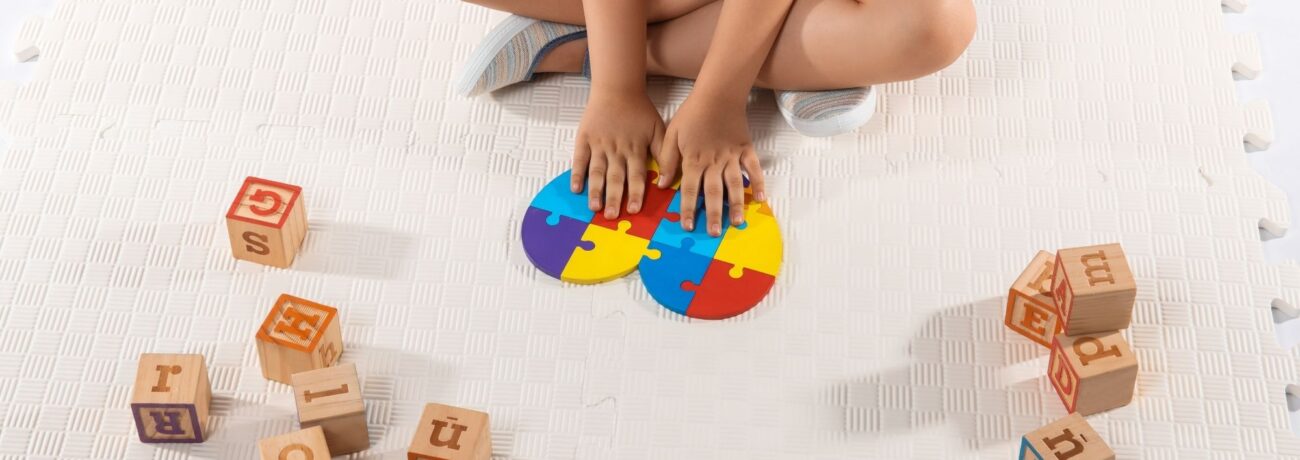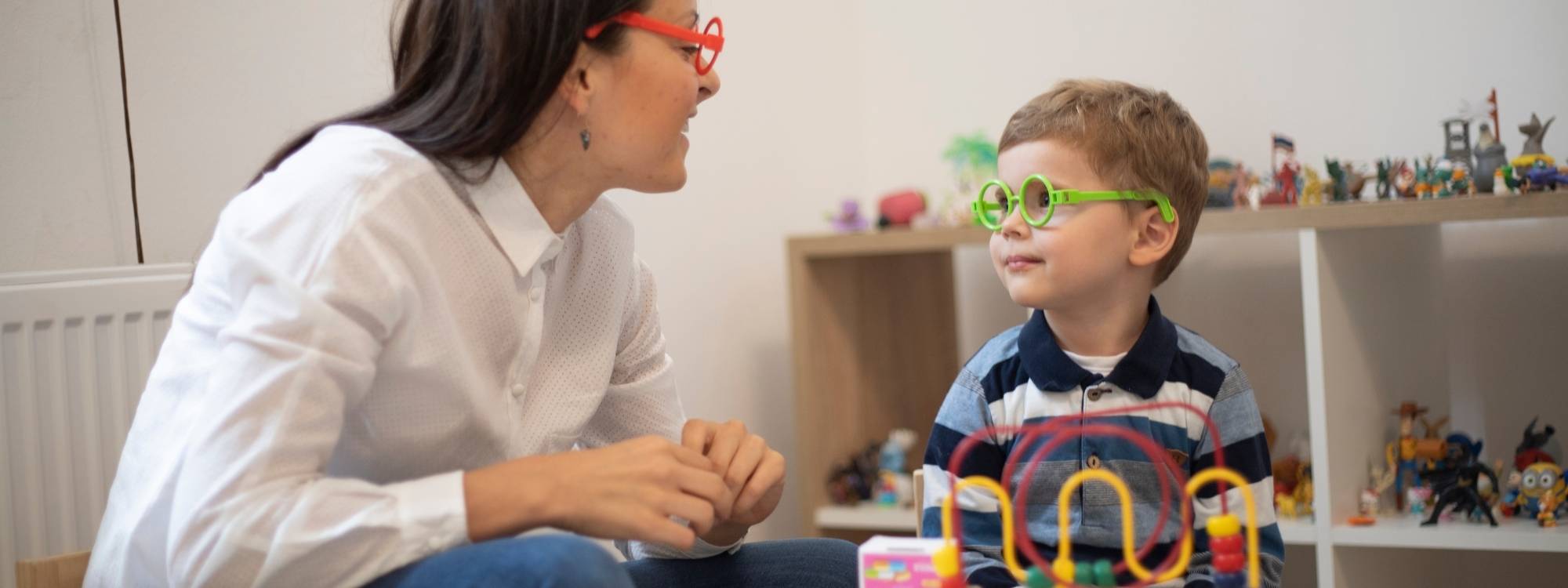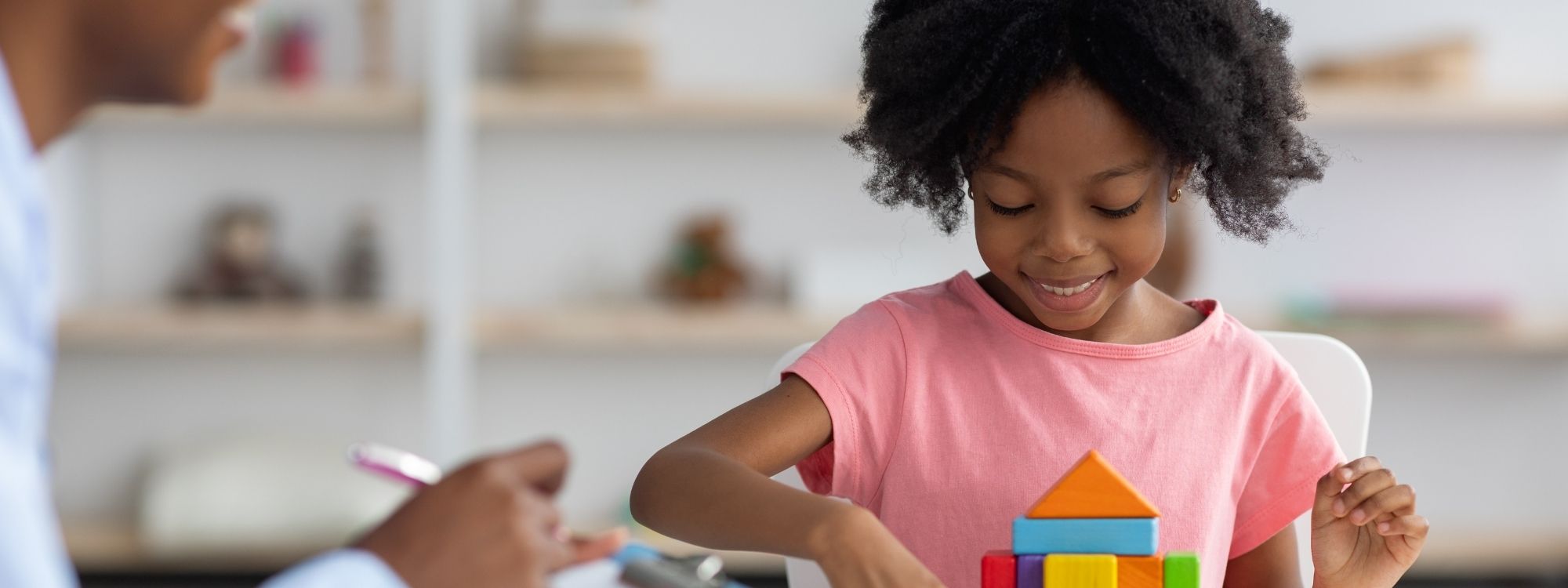Top 10 Engaging Toys for Autistic Kids to Inspire Learning
Introduction to Play and Learning
Play is a powerful tool in the development of all children, especially those on the autism spectrum. For autistic children, play isn’t just about fun, it’s a vital way to build social skills, improve communication, and support emotional regulation. Many autistic children engage with the world differently, and the right toys can open up meaningful ways to connect, learn, and grow.
Toys that appeal to the senses, touch, sound, sight, and movement can help children explore and make sense of their environment. Items like kinetic sand, stickers, or light-up toys offer both stimulation and comfort. They invite repetitive play and self-regulation, which can be incredibly helpful for children with autism.
No single toy suits every child, but understanding what kinds of toys align with your child’s unique interests, sensory needs, and developmental goals is key. The following sections break down how to choose supportive, fun, and age-appropriate toys that do more than entertain, they encourage learning and growth.
Benefits of Sensory Toys
Sensory toys help autistic children process and respond to sensory input more effectively. These toys can calm, stimulate, or focus a child depending on their needs at the moment. Whether it’s squeezing a fidget ball or watching a spinning light-up toy, sensory play promotes neurological development, emotional regulation, and social interaction.
Many autistic children experience sensory processing differences that make them more sensitive to certain textures, lights, or sounds. Sensory toys provide a controlled way to engage with these inputs, especially for little ones who may be sensitive to sensory overload. They’re also helpful in reducing stress and anxiety, making transitions smoother, and supporting focus during tasks.
Common examples of sensory toys include:
- Fidget spinners and stress balls
- Kinetic sand and textured play-dough
- Light-up or color-changing toys
- Chewable necklaces or oral motor toys
- Weighted blankets and lap pads
These toys are especially useful in therapy, classrooms, or home routines where structured calming breaks can make a big difference.
Choosing the Right Toys for Autistic Children
Selecting the right toys starts with knowing your child. Autistic children often have strong preferences or specific interests, and leaning into those interests can be a helpful starting point. Toys that reflect a child’s favorite theme (vehicles, animals, music, etc.) are more likely to capture their attention and sustain engagement.
Beyond interest, consider how the toy supports a developmental skill. Effect toys (also known as cause-and-effect toys) help children understand actions and consequences. Parallel play toys, like puzzles and board books, encourage early social development by letting children play side-by-side without needing to directly interact.
Here are some types of toys to consider:
- Cause-and-effect toys: Buttons to press, lights that flash, or toys that move when triggered
- Social toys: Simple games that involve turn-taking or joint attention
- Motor skill toys: Stackers, pop beads, or toys that twist and pull
- Language-building toys: Interactive books or word-themed puzzles
Choosing toys that align with your child’s abilities and challenges allows them to engage meaningfully while making progress.
Understanding Age Range and Toy Selection
Age-appropriate toys are essential for keeping play both engaging and developmentally helpful. While age is a general guide, ability and interest should always come first. Some autistic children may prefer toys designed for younger children due to their sensory features or simpler mechanics, while others may enjoy more advanced, logic-based toys.
Toddlers often benefit from toys that focus on sensory exploration and basic motor skills. Think tactile play mats, soft balls, and large, easy-to-handle toys. Preschoolers may be ready for toys that build language, promote imitation, involve basic pretend play, and introduce letters. Older children and teens may prefer puzzles, interactive games, or construction sets that offer more complex challenges.
A few age-range toy suggestions:
- Toddlers: Sensory balls, nesting cups, soft musical toys
- Preschoolers: Matching games, play kitchens, large-piece puzzles
- Older children: STEM kits, remote control vehicles, logic games
- Teens and adults: Fidget cubes, mechanical puzzles, creative building sets
It’s important to remember that developmental stages don’t always follow age exactly. Meeting your child where they are is the best way to support both fun and growth.
Outdoor and Active Play
Outdoor and active play provides more than just physical exercise; it contributes to regulation, social development, and emotional health. Movement-based play can help children manage stress, increase body awareness, and develop coordination. For autistic children, activities that offer predictable motion or deep pressure can be especially enjoyable and grounding, often when shared with friends.
Gross motor play also creates opportunities for practicing social skills like turn-taking and cooperation. Whether at a playground, in the backyard, or during therapy, outdoor play encourages freedom of movement and fun.
Great outdoor play ideas include:
- Swings or hammock chairs
- Mini trampolines for bouncing
- Scooter boards or ride-on vehicles
- Obstacle courses using cones and soft equipment
- Water tables or sandboxes for sensory engagement
These types of toys and activities allow children to explore their environment safely while learning valuable skills in a natural, low-pressure setting.
Calming and Relaxing Activities
In addition to active play, calming toys and activities help autistic children self-regulate and find peace during or after stimulating experiences. These tools are particularly helpful during transitions, before bedtime, or in response to stress or anxiety, by helping children manage their emotions.
Calming toys often provide deep pressure, gentle vibration, or rhythmic sensory input that soothes the nervous system. They support sleep, help prevent meltdowns, and give children control over their sensory environment.
Popular calming options include:
- Weighted blankets or lap pads
- Sensory bottles with glitter or liquid
- Soft-textured fidget toys
- Vibrating cushions or chewable items
- Sound machines with soft music or white noise
Integrating calming tools into daily routines can make a noticeable difference in behavior, focus, and emotional regulation.
Consulting with Experts
Parents shouldn’t feel like they have to figure it all out alone. Consulting with professionals can help tailor toy and activity choices to your child’s specific profile, ensuring that each choice is suited to the unique person that your child is. Therapists often introduce new tools during sessions and can show parents how to integrate those into daily life.
A Board Certified Behavior Analyst (BCBA), occupational therapist, or speech-language pathologist can assess your child’s needs and offer recommendations that support communication, motor development, and self-regulation through play. These experts may also suggest adaptive toys or custom modifications for greater success.
Working with professionals ensures that toys aren’t just fun, but also functional in promoting development. This team-based approach supports the whole child and builds confidence for both parents and kids.
Encouraging Social Interaction Through Play
Many autistic children face challenges with social communication, but play can offer a low-pressure way to connect with others. The right toys can encourage joint attention, turn-taking, and cooperative play, all foundational skills for building relationships.
Using games or shared activities to model and practice these skills helps children feel more comfortable engaging with peers and caregivers. Toys that invite two or more players, such as matching games, simple board games, or building sets, can be great tools for developing social interaction without overwhelming your child.
Key toy examples that support social play include:
- Board games with visual supports for turn-taking
- Pretend play sets (kitchen sets, doctor kits) for role-playing
- Building toys that encourage teamwork (like magnetic tiles or large blocks)
- Simple card games with color or shape matching
By introducing these toys in a supportive setting, parents can help children develop confidence and social enjoyment through play.
Supporting Language Development with Interactive Toys
Language development often goes hand in hand with play, especially for children on the autism spectrum. Interactive toys can prompt children to label objects, make choices, and imitate sounds, key building blocks for early communication.
Some toys are designed specifically to support speech and language goals. For example, sound books, musical toys with labeled buttons, or speech-generating devices encourage vocalization and word recognition. Even toys that require asking for help, like puzzles or container-based games, can support expressive and receptive language skills.
Consider the following for language-focused play:
- Talking toys that name letters, numbers, or animals
- Interactive books with textures or buttons that speak
- Pretend play kits to build vocabulary in context
- Cause-and-effect toys to model requests (e.g., “open,” “more,” “go”)
Using these toys with simple modeling and repetition helps reinforce language in a natural, playful environment. Collaborating with your child’s therapist on toy choices can make this even more effective.
Conclusion
Toys are more than just playthings for autistic children; they’re essential tools for development, connection, and self-expression. The best toys for autistic kids aren’t limited to special categories; they are chosen based on the child’s interests, strengths, and goals. From sensory tools to active play equipment, each toy plays a role in supporting learning and joy.
Parents and caregivers can feel empowered by focusing on what engages their child and promotes meaningful skill-building. With the right environment and guidance, every child can thrive through fun and meaningful play.
Wondering which toys can truly support your child’s development? At Champions ABA, we help families choose tools and strategies that match their child’s unique strengths and needs. From play-based learning to expert-guided therapy, we’re here to support your child’s growth every step of the way. Call (877) 242-1744 or visit our website to explore how our team can help your child thrive through purposeful play.
FAQs
What kind of toys do autistic kids like?
Autistic children often enjoy toys that stimulate the senses, offer predictable effects, or align with their interests. Sensory toys, fidgets, light-up objects, or musical toys are popular choices. Toys that provide movement, such as swings or trampolines, are also frequently well-loved.
What do autistic children need most?
Children on the autism spectrum need structure, understanding, and personalized support. Toys and activities that help with sensory regulation, communication, and emotional growth are especially important. A safe and encouraging environment, ensuring safety during play, is key to fostering confidence and development.
What to buy an autistic child?
Consider buying toys that match the child’s developmental level and sensory preferences. Look for fidget toys, building blocks, cause-and-effect toys, or sensory kits. Weighted items and calming toys can also be great additions for relaxation and self-regulation.
At what age do autistic kids talk?
Speech development varies widely among autistic children. Some may begin speaking at a typical age, while others may be nonverbal or use alternative communication tools. Early speech therapy and intervention can make a significant difference in language development.



